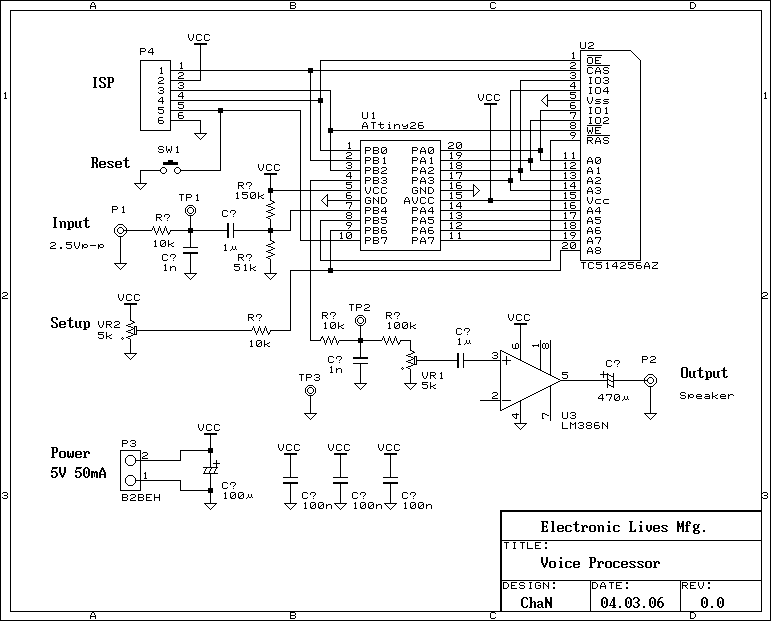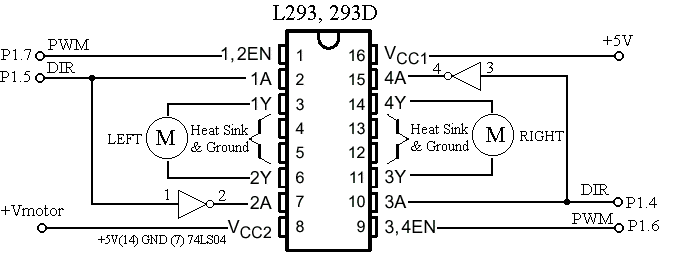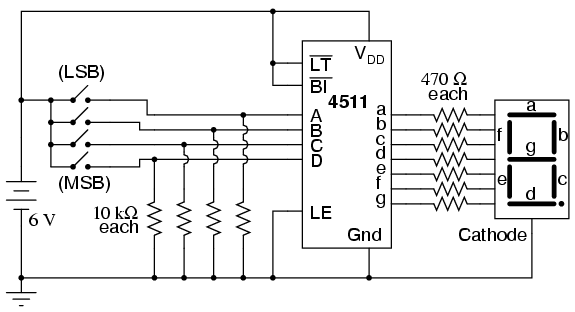
Cheap DSP Experiments

This project is an experiment of the Digital Signal Processing with a cheap microcontroller instead of an ordinary digital signal processor. Recent 8 bit microcontrollers have sufficient processing performance so that they can be used for simple audio signal processing. There are some simple audio processing, such as Delay, Echo, Pitch Conversion, that easy to experiment. In old days, solid state audio processors had realized those audio effects with analog delay elements called BBD (charge coupled device). Mainly this project follows these process in digital signal processing.
This project focuses on implementing digital audio signal processing (DSP) techniques using an 8-bit microcontroller, which is a cost-effective alternative to traditional digital signal processors (DSPs). The selected microcontroller is capable of handling basic audio processing tasks due to its adequate processing power. The main audio effects being explored include Delay, Echo, and Pitch Conversion, which are fundamental techniques in sound manipulation.
The digital implementation of these effects involves sampling the audio signal, processing the samples, and then outputting the modified signal. For the Delay effect, the audio signal is stored in a buffer for a predetermined time before playback, creating a sense of depth and space. The Echo effect is achieved by repeating the delayed signal multiple times with decreasing volume, simulating the natural reverberation found in physical spaces. Pitch Conversion involves altering the frequency of the audio signal, which can be done by changing the playback speed or using algorithms to transpose the pitch without affecting the tempo.
In contrast to earlier audio processors that utilized analog techniques with Bucket Brigade Devices (BBDs), this project leverages digital processing to achieve similar results. The use of digital techniques allows for greater flexibility and precision in audio manipulation. The microcontroller's architecture must be carefully designed to handle the real-time processing requirements, including efficient memory management for the audio buffers and optimized algorithms for the desired effects.
The schematic for this project would include the microcontroller, audio input and output interfaces, and possibly additional components such as operational amplifiers for signal conditioning. The input stage would typically involve an analog-to-digital converter (ADC) to digitize the incoming audio signal, while the output stage might use a digital-to-analog converter (DAC) to produce the final audio output. Proper filtering and amplification stages may also be included to ensure high-quality audio processing.
Overall, this project represents a practical application of digital signal processing principles using modern microcontroller technology, showcasing the capabilities of low-cost hardware in achieving complex audio effects.This project is an experiment of the Digital Signal Processing with a cheap microcontroller instead of an ordinary digital signal processor. Recent 8 bit microcontrollers have sufficient processing performance so that they can be used for simple audio signal processing.
There are some simple audio processing, such as Delay, Echo, Pitch Conversion, that easy to experiment. In old days, solid state audio processors had realized those audio effects with analog delay elements called BBD (charge coupled device).
Mainly this project follows these process in digital signal processing. 🔗 External reference
This project focuses on implementing digital audio signal processing (DSP) techniques using an 8-bit microcontroller, which is a cost-effective alternative to traditional digital signal processors (DSPs). The selected microcontroller is capable of handling basic audio processing tasks due to its adequate processing power. The main audio effects being explored include Delay, Echo, and Pitch Conversion, which are fundamental techniques in sound manipulation.
The digital implementation of these effects involves sampling the audio signal, processing the samples, and then outputting the modified signal. For the Delay effect, the audio signal is stored in a buffer for a predetermined time before playback, creating a sense of depth and space. The Echo effect is achieved by repeating the delayed signal multiple times with decreasing volume, simulating the natural reverberation found in physical spaces. Pitch Conversion involves altering the frequency of the audio signal, which can be done by changing the playback speed or using algorithms to transpose the pitch without affecting the tempo.
In contrast to earlier audio processors that utilized analog techniques with Bucket Brigade Devices (BBDs), this project leverages digital processing to achieve similar results. The use of digital techniques allows for greater flexibility and precision in audio manipulation. The microcontroller's architecture must be carefully designed to handle the real-time processing requirements, including efficient memory management for the audio buffers and optimized algorithms for the desired effects.
The schematic for this project would include the microcontroller, audio input and output interfaces, and possibly additional components such as operational amplifiers for signal conditioning. The input stage would typically involve an analog-to-digital converter (ADC) to digitize the incoming audio signal, while the output stage might use a digital-to-analog converter (DAC) to produce the final audio output. Proper filtering and amplification stages may also be included to ensure high-quality audio processing.
Overall, this project represents a practical application of digital signal processing principles using modern microcontroller technology, showcasing the capabilities of low-cost hardware in achieving complex audio effects.This project is an experiment of the Digital Signal Processing with a cheap microcontroller instead of an ordinary digital signal processor. Recent 8 bit microcontrollers have sufficient processing performance so that they can be used for simple audio signal processing.
There are some simple audio processing, such as Delay, Echo, Pitch Conversion, that easy to experiment. In old days, solid state audio processors had realized those audio effects with analog delay elements called BBD (charge coupled device).
Mainly this project follows these process in digital signal processing. 🔗 External reference





